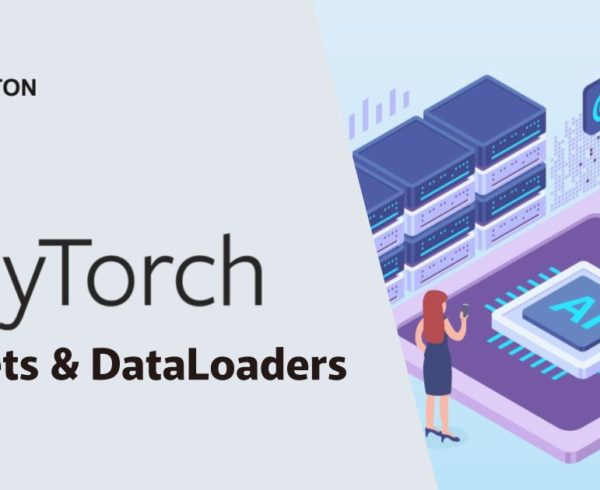Data visualization can be defined as a visual / interactive exploration and graphical representation of data of any size (Big Data and Small Data), nature and origin. In short, it allows the identification of phenomena and trends that seem invisible in the first analysis.
[iframe id=”data-vis-frame” src=”http://avinton.com/external/data-visualization.php” width=”100%”]
Data visualization can be used in four different ways:
- Data analysis for the production and sharing error-free, credible reports.
- Data mining – even by non-IT professionals.
- To optimize business processes.
- To predict future trends.
Data visualization is based on three key factors:
- Vision: the data are presented in graphical / visual, which can be altered and adjusted by the user.
- Knowledge: Data visualization provides immediate understanding of the data, while providing vital clues and suggests what action should be taken by the manager.
- Sharing: immediate understanding of the data and analysis enables you to quickly share reports across the enterprise. This translates into speed and quality of made decisions.
Why Big Data is of fundamental importance?
The term Big Data means enormous volumes of data of various nature. So big and complex that their processing and analyzing by using commonly available processes and tools would be extremely difficult. They are characterized by the following factors:
- Volume
- Variety
- Speed
- Variability
- Complexity
Big Data can be managed using traditional Business Intelligence tools, however, their use doesn’t provide full insight into data. One needs visualization of data in order to understand it better, and to generate real value for the company.
Four reasons why Data Visualization is necessary in small, medium and large enterprises.
1. Data visualization allows to forecast future market trends and provides important clues that provide effective business development.
Specific observations provide the company a competitive edge and visibility in the market. The ability to understand the dynamics of business development and knowledge of the logic on which it is based, is an extremely important step towards long-term success.
2. It’s a perfect tool that helps to understand the dynamics of the market in which the company operates.
Careful observations allow to extract the best features of the company’s products and establish the best strategy for its development. What’s more, you can increase revenue by combining data sale with information on customer preferences.
3. Data visualization allows you to explore customer needs and to adapt your business operations accordingly.
Data visualization is the key to sales and marketing. Monitoring and having knowledge about communication channels between the company and customers leads to making more more effective business decisions.
4. Data visualization can help you make the right decisions at the right time, and to instantly share information.
Managers and entrepreneurs have access to information that is easy to understand and share. KPIs remain under constant scrutiny. Data from multiple internal and external sources flow into one common source of information.









